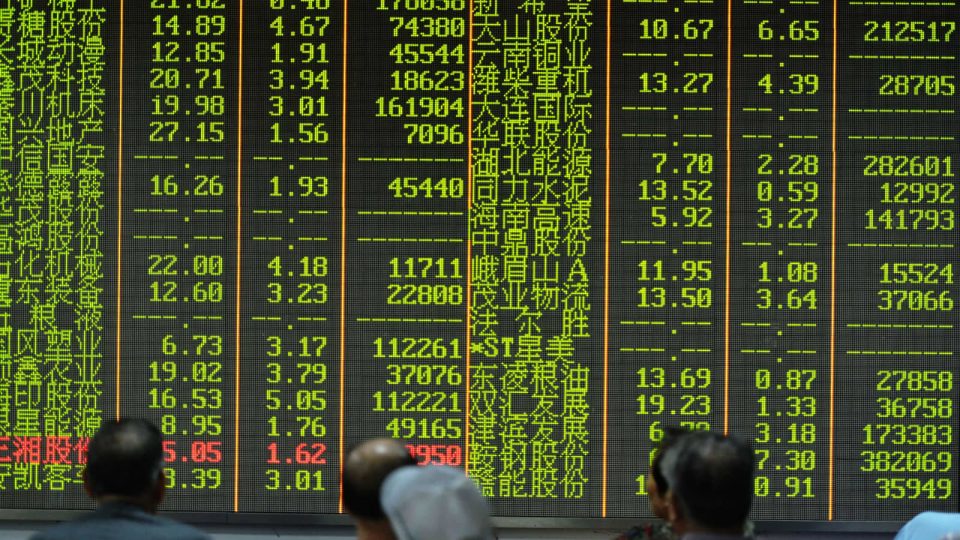US stock futures and commodities slipped in Asia on Monday after Beijing denied it was considering easing its zero COVID-19 policy. However, the resilience of Asian equities suffered some losses in the sell-off.
Risk assets rose on Friday on speculation that China was preparing to ease restrictions on the pandemic. Still, over the weekend, health officials reiterated their commitment to a “dynamic clearance” approach to COVID-19 cases as soon as they appear.
Speculation that China could open its economy pushed copper prices up 7% on Friday, their biggest one-day gain since 2009, while a range of resources benefited from hopes of increased demand.
It also sent the yuan soaring and sparked a bout of profit-taking on long dollar positions, especially against commodity-sensitive currencies such as the Australian dollar.
Reversing Monday, the Australian dollar was down 0.7% at $0.6421 after gaining 3% on Friday. The dollar rose 0.7% against the offshore yuan.
The US dollar index rebounded 0.3% after falling nearly 2% at the end of last week. The dollar was up 0.4% against the yen at 147.22 yen, while the euro was slightly lower at $0.9929.
S&P 500 futures were down 0.2%, and Nasdaq futures were down 0.3%. EUROSTOXX 50 futures fell 0.2%, and FTSE futures fell 0.6% on reports that the UK government plans to raise taxes and cut spending.
China’s blue-chip shares edged up 0.2%, performing well after data showed China’s imports and exports contracted in October, less than expected.
Apple said on Sunday it expected shipments of the iPhone 14 Pro and iPhone Pro Max to be lower than previously expected due to temporary production disruptions caused by COVID-19 restrictions, illustrating the cost of Beijing’s strict policies.
Still, investors appeared hopeful that China’s easing policy could have some impact, with MSCI’s broadest index of Asia-Pacific shares outside Japan up 1%. Japan’s Nikkei rose 1.2%, while South Korea’s index rose 0.8%.
Risk sentiment has been helped in part by reports that the White House has privately encouraged Ukraine to express its willingness to negotiate with Russia.
Traders were still evaluating a mixed US jobs report, which showed strong gains in employment surveys but weakness in a less-reliable survey of household unemployment.
Four Fed policymakers said they would still consider a small rate hike on Friday at their next policy meeting, sounding less hawkish than Chairman Jerome Powell.
At least seven Fed officials are scheduled to speak this week, which will help improve the rating outlook, with markets now slightly leaning toward a half-point rate hike to 4.25-4.5% next month.
Short-term Treasuries edged higher on Friday, with the two-year yield reaching up to 4.68%, off its highest level since 2007.
Markets face major hurdles on Thursday when the US consumer price index for October is released, and any upward surprise will test the Fed’s hopes for a gradual rate cut. The median forecast is for annual CPI inflation to slow to 8% and core inflation to rise to 6.5%.
It’s also worth noting Tuesday’s US midterm elections, where Republicans could win control of one or both chambers and lead to an impasse on fiscal policy.
In commodity markets, gold retreated to $1,671 an ounce after gaining more than 3% on Friday. Oil futures gave up recent gains, with Brent down $1.07 to $97.50 and US crude down $1.26 to $91.35 a barrel.


 Signals, Powered By EquityPandit
Signals, Powered By EquityPandit

